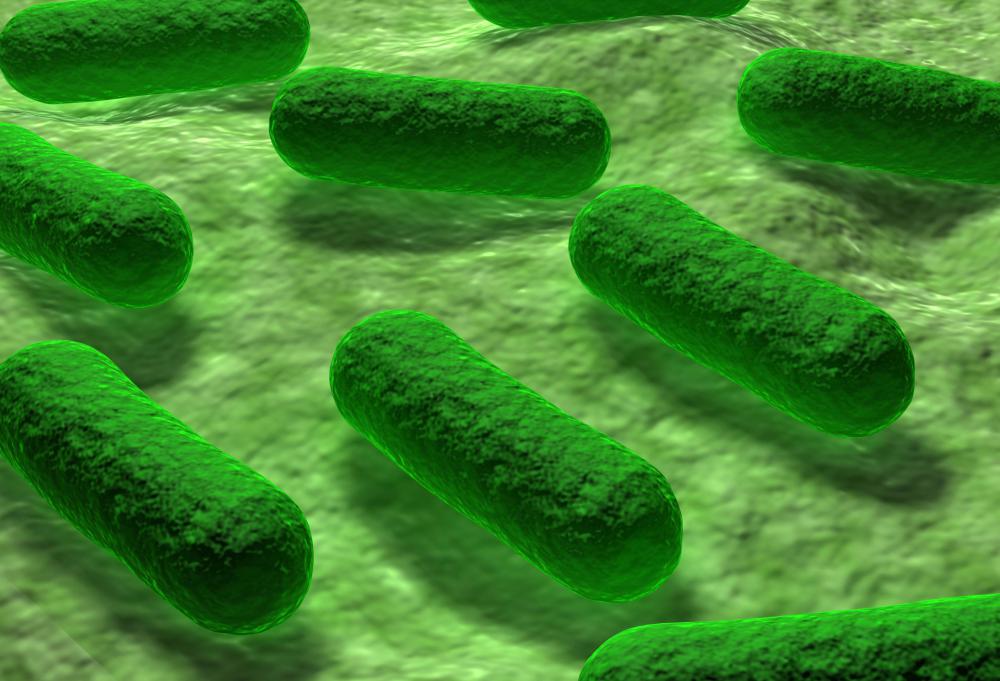At WiseGEEK, we're committed to delivering accurate, trustworthy information. Our expert-authored content is rigorously fact-checked and sourced from credible authorities. Discover how we uphold the highest standards in providing you with reliable knowledge.
What is a Blue Jacaranda?
Blue jacaranda or black poui, scientifically known as Jacaranda mimosifolia, is a tree species that belongs to the family Bignoniaceae. It is native to South America but is popularly cultivated in many parts of the world where frost is not a threat because of its long-lasting blue flowers. This ornamental tree can grow to a height of 16 to 49 feet (5 to 15 m). When the tree is young, the color of the bark is gray-brown and the surface is smooth. As the tree grows older, the bark becomes finely scaly, but the slightly zigzagged twigs remain willowy and light red-brown in color.
In spring and early summer, flowers of the blue jacaranda appear and usually last for as long as two months. These flowers measure up to 2 inches (5 cm) in length and are usually grouped in clusters that measure 1 foot (0.3 m). The blooms are shaped like trumpets and are lightly fragrant. As the flowers mature, woody seed pods develop, measuring around 2 inches (5 cm) in diameter when fully grown, and contain several flat and winged seeds.

Propagation of the blue jacaranda plant is either done by grafting or softwood cuttings. Jacaranda seedlings can take a long time to produce blooms. For this reason, grafting and cuttings are usually preferred by avid growers. The plant thrives in well-drained, somewhat sandy soils, and during dry periods frequent watering is necessary to keep the plant alive. Pruning the branches of the blue jacaranda can help increase its sturdiness.
When the trees are young, they are sensitive and should be kept in temperatures around 30 ºF (-1 ºC). To prevent new succulent growth in late summer, watering should be tapered off. These plants are resistant to an ordinary soil-borne disease called oak root fungus.
As a medicinal plant, the blue jacaranda is often mixed with water, and the extract has been found by some researchers to display a high antimicrobial action against Escherichia coli and Bacillus cereus. This effect is thought to be even better than the performance of gentamicin sulfate, an antibiotic normally used to treat bacterial infections. The extract has also shown success as a remedy for Staphylococcus aureus, a bacteria that can cause minor skin infections.
Growing the blue jacaranda is widespread in Pretoria, the capital of South Africa. Its blue flowers bloom in spring, resulting in Pretoria’s nickname, the jacaranda city. The ground below these ornamental trees is quickly littered with blue flowers, and the sheer quantity has been met with some displeasure from gardeners.
AS FEATURED ON:
AS FEATURED ON:











Discussion Comments
As beautiful as jacaranda tree is, it is not that well suited for smaller yards, because the tree can be so messy.
These trees are best suited for parks or large open areas. A street median in my neighborhood is planted with blue jacaranda trees and it is a beautiful sight in the month of May.
Post your comments